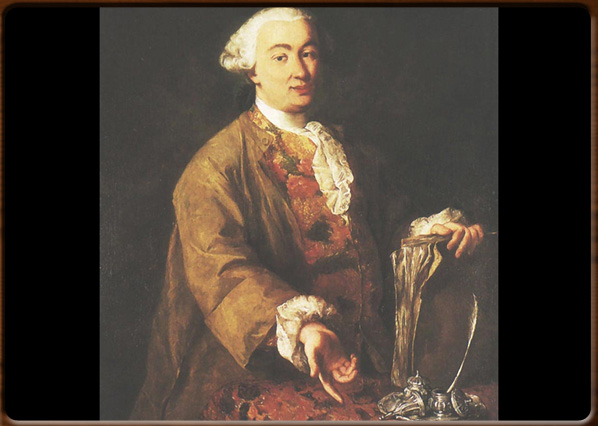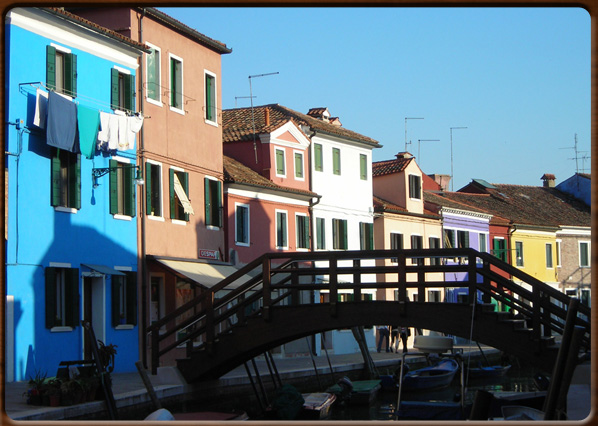
Carlo Goldoni.

Burano.


No video
In his Storia documentata di Venezia (documented history of Venice), Romanin said its sweetness could be traced to ancient Ionic influences.
The dialect retains many ancient Latin words, just as others, especially nautical and trade terms, come from the Byzantine Empire. Examples of Latin words are calegher, pistor, while Byzantine terms are caréga, bastàsi and spiénza.
Given the cosmopolitan character of Venice, various foreign languages have enriched the Venetian dialect over the centuries with many words still in use today: piron (Greek);
The Venetian dialect has been recognised as a literary language: Venetian poets writing in dialect include Leonardo Giustinian, Domenico Venier, Giorgio Baffo, Francesco Gritti and Pietro Buratti. Historical works include the famous Diarii by Sanudo from the 1500s. Thanks to the comedies by Carlo Goldoni, Carlo Gozzi and Giacinto Gallina, the Venetian dialect has spread beyond the immediate area and is now part of classic Italian literature in its own right.
The pronunciation of the Venetian dialect has monotone musicality and a soft lively sound, especially in remoter areas of the lagoon such as Burano, Pellestrina and Chioggia, especially when spoken by ladies.
Other phonetic peculiarities of the Venetian dialect is a rare use of double consonants, the preference for soft vowels (“i” instead of “e”) and the dropping of internal consonants, such as in “siora” and “fio” instead of “signora” (Mrs.) and “figlio” (son).
Some typical verbal forms are still used, such as the widespread use of “ga” instead of “ha” (has) and “xe” instead of “è” (is), despite the fact that the phonetics and lexis of the Venetian dialect were significantly compressed in the 1900s.
400 - 1000 - - rev. 0.1.8